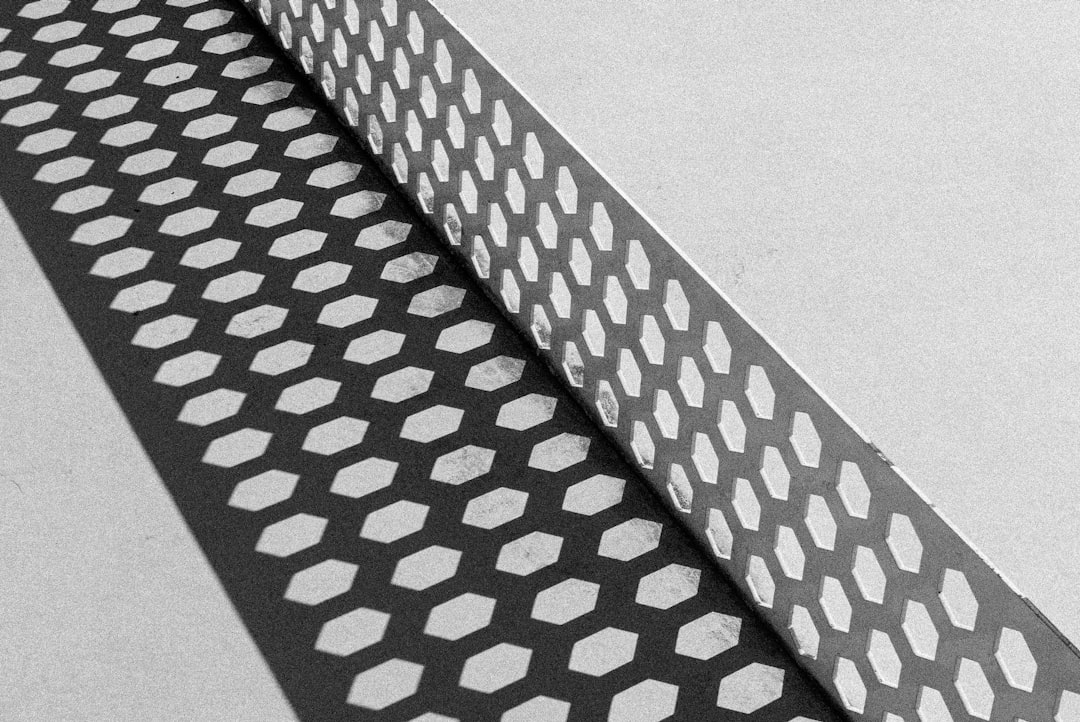The world of steel is undergoing a significant transformation thanks to the advent of nanotechnology. Nanomaterials and nano-engineered processes are revolutionizing steel surface treatments, offering unprecedented improvements in properties like corrosion resistance, wear resistance, hardness, and overall durability. This blog post delves into the fascinating world of nanotech in steel surface treatments, exploring various techniques and their impact on diverse industries.
1. Enhanced Corrosion Resistance through Nanocoatings
Corrosion is a major concern for steel structures, leading to significant economic losses and safety hazards. Traditional methods of corrosion protection often involve bulky coatings that can be less durable and environmentally unfriendly. Nanotechnology offers a powerful alternative. Nanocoatings, typically composed of nanoparticles of materials like zinc oxide, titanium dioxide, or cerium oxide, provide exceptional corrosion protection. These nanoparticles create a dense, uniform layer that effectively prevents the penetration of corrosive agents like oxygen and water. The small size of the nanoparticles allows for superior adhesion and coverage, leading to a more robust and long-lasting protective barrier. Furthermore, some nanocoatings exhibit self-healing properties, meaning they can repair minor scratches and imperfections, maintaining their protective function over extended periods. This is a significant improvement over traditional coatings which often require frequent maintenance and replacement.
2. Superior Wear Resistance with Nano-Structured Surfaces
In applications where steel components experience high levels of friction and wear, such as in automotive parts, machinery, and tooling, the durability of the surface is paramount. Nanotechnology offers innovative solutions to enhance wear resistance. Techniques like nano-indentation and laser surface modification can create nano-structured surfaces with significantly improved hardness and wear resistance. These techniques modify the surface topography at the nanoscale, creating a harder, more resilient surface layer. For example, creating a nano-crystalline surface layer increases the density and reduces the number of grain boundaries, thus improving the material’s resistance to wear and tear. The resulting enhanced performance translates to longer component lifespan and reduced maintenance costs.
3. Enhancing Steel Strength and Hardness via Nanoparticle Dispersion
The mechanical properties of steel, such as strength and hardness, are crucial for its performance in various applications. Nanotechnology offers the potential to enhance these properties by incorporating nanoparticles into the steel matrix. The dispersion of nanoparticles, such as carbon nanotubes or ceramic nanoparticles, within the steel microstructure can refine the grain size and improve the overall strength and hardness of the material. This process, often achieved through powder metallurgy or other advanced techniques, results in a stronger and more durable steel with improved resistance to deformation and fracture. The resulting material can withstand higher stresses and strains, making it suitable for high-performance applications.
4. The Role of Nano-Structured Coatings in Reducing Friction
Friction is a significant factor leading to wear and energy loss in many mechanical systems. Nano-structured coatings can significantly reduce friction by creating ultra-smooth surfaces with low surface energy. These coatings, often composed of materials like diamond-like carbon (DLC) or molybdenum disulfide (MoS2) nanoparticles, can reduce friction coefficients by up to 50% compared to untreated steel. This reduction in friction translates to improved efficiency, reduced energy consumption, and extended component lifespan. The application of these coatings is particularly beneficial in high-speed and high-precision machinery, where minimizing friction is crucial for optimal performance and energy savings.
5. Future Trends and Challenges in Nanotech Steel Surface Treatments
The field of nanotechnology in steel surface treatments is constantly evolving. Future trends include the development of more sophisticated nanocoatings with enhanced functionalities, such as self-cleaning, anti-fouling, and antibacterial properties. Furthermore, research is focused on developing more environmentally friendly and sustainable nano-based solutions for steel surface treatment. Challenges remain in scaling up the production of nano-enhanced steel components to meet industrial demands and ensuring the long-term stability and durability of the nano-engineered surfaces. Cost-effectiveness is another crucial factor that needs to be addressed to enable wider adoption of these technologies across various industries. Despite these challenges, the future of nanotech in steel surface treatments is bright, promising significant advancements in material performance and sustainability.
The application of nanotechnology in steel surface treatments represents a significant leap forward in material science, offering a wide range of benefits across numerous industries. From enhancing corrosion and wear resistance to improving strength and reducing friction, nanotechnologies are poised to redefine the capabilities and lifespan of steel components, leading to more efficient, durable, and sustainable solutions for the future.
SEO Tags:
#Nanotechnology #SteelSurfaceTreatment #Nanocoatings #CorrosionResistance #WearResistance




